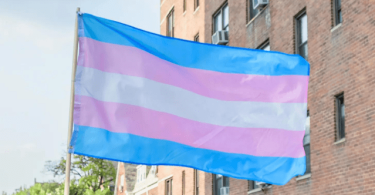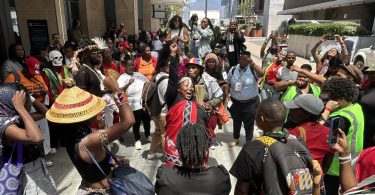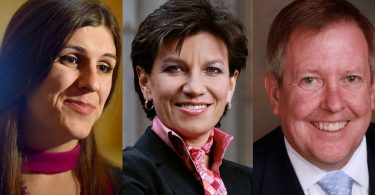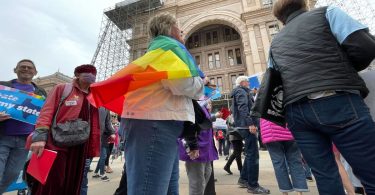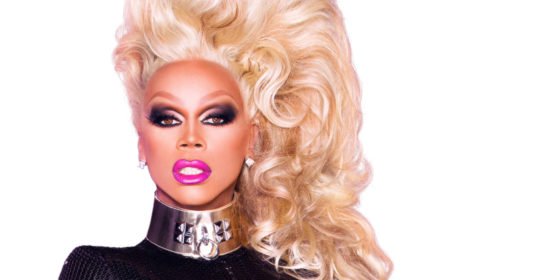
The year was 1993 and RuPaul was booked to make an appearance on The Arsenio Hall Show.
By that time, the drag legend had a huge following in gay clubs and had earned the coveted underground title Queen of Manhattan.
RuPaul’s drag personal had evolved into that of a glamazon supermodel and this made the character ready for the heartland.
‘I took the sexualized raunchiness out,’ RuPaul says in an Entertainment Weekly cover story published Friday (16 June).
‘The glamazon suoermodel was a caricature that you could bring home to meet mom and dad. I was well-spoken. I was Miss Black America.’
With mainstream stardom, RuPaul became increasingly aware of his impact.
‘I knew, based on the questions I was asked, that my days of having fun in drag were over,’ he says. ‘It was clear I had to represent a faction of society that didn’t have a voice.’
RuPaul’s Drag Race has won its star an Emmy for outstanding reality show host and has already been renewed for a tenth season.
‘Our show exemplifies the movement of a bigger consciousness arising. Drag is part of that,’ RuPaul says.
‘It’s having fun and understanding who you really are. I think the audience relates to that without even knowing specifically that that’s the thing.
‘Watching a drag queen who has been bullied as a kid becoming a star on her own terms is a rush for a lot of people, because they too longed for something but didn’t know what.’


